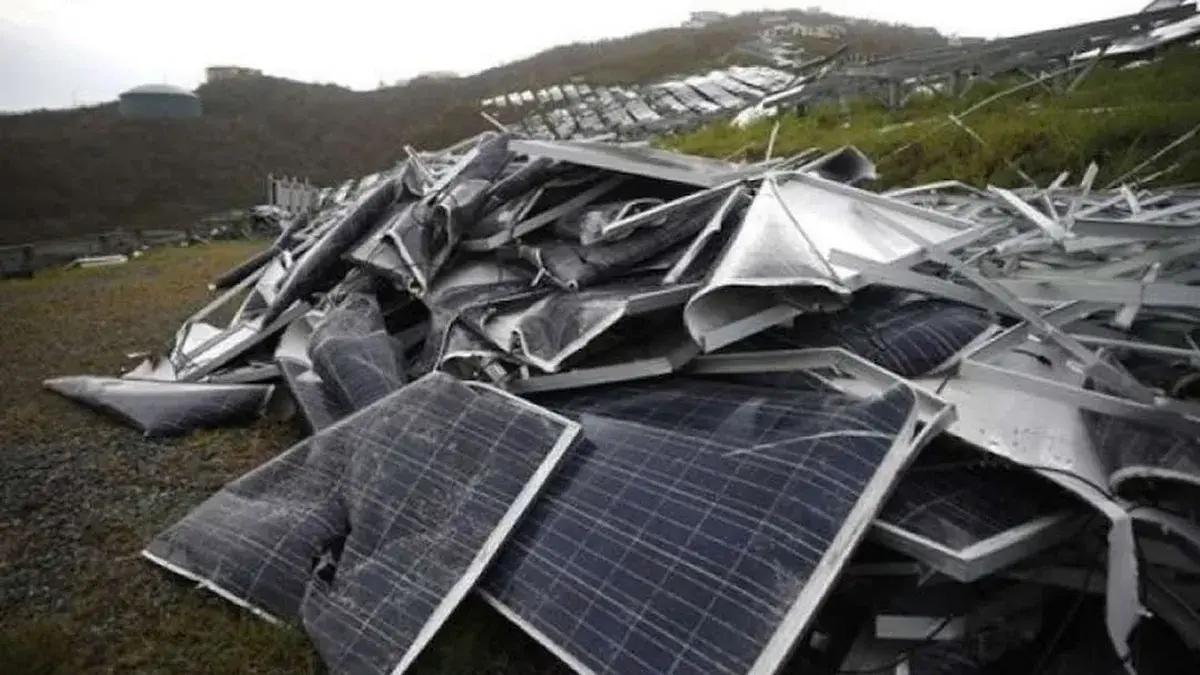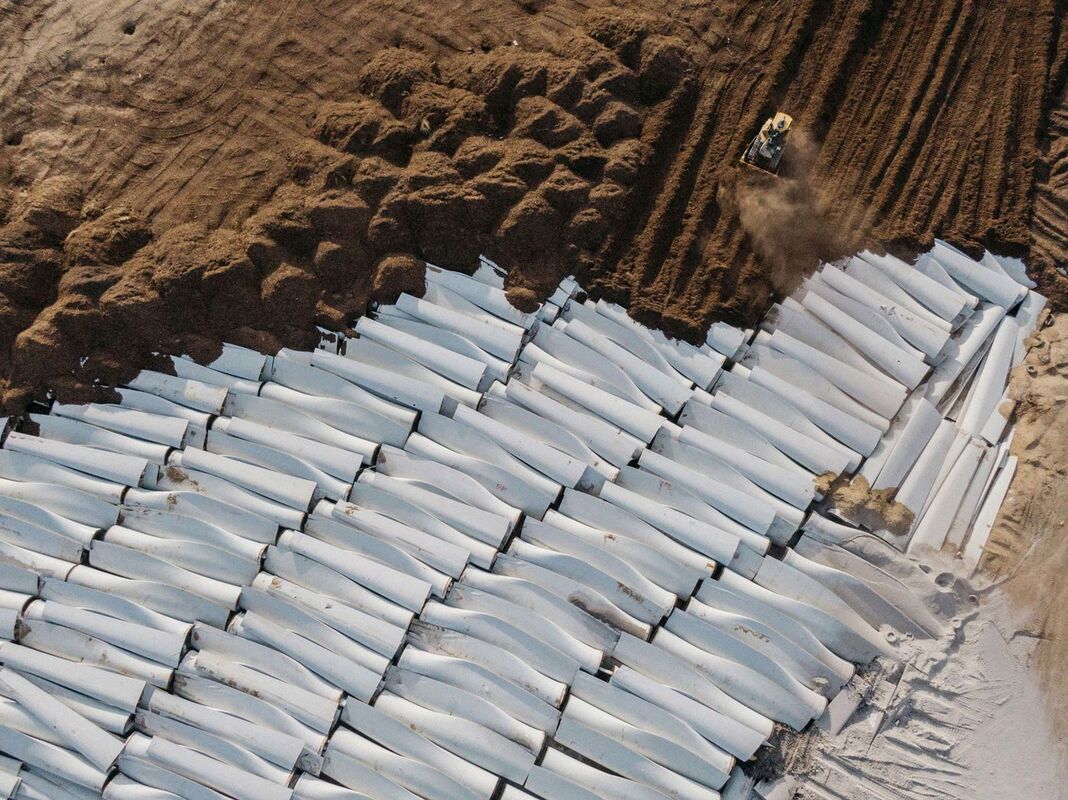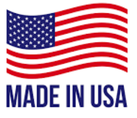- affordable wind turbines
- Products
- Contact
- videos
- About
- Affordable Wind Turbines (@AffordableWind) / Twitter
- Affordable Wind Turbines Youtube @AffordableWind
- Affordable wind turbines news blog
-
Knowledge Database
- How big of a wind turbine do you need to power a house?
- How many solar panels equal a wind turbine?
- What is the smallest wind turbine for home?
- How many homes can 1 windmill power?
- Do roof wind turbines work?
- Do wind turbines make it windy?
- Cheap turbines - wind power to solve blackout and affordable wind turbine
- How much is a cheap wind turbine?
- affordable wind turbine and Net Zero by 2050 or Sooner - Growing Wind & Solar in the US
- Energy Transition Underway - Early Adopters In Wind & Solar
- The Top 7 Small Wind Turbine Kits That Don't Break
- Should I cover roof turbines in winter?
- The best home wind turbines of 2023
- What are the most affordable wind turbines?
- Are vertical wind turbines worth it?
- The 5 Best Home Wind Turbines for Clean Energy
- Residential wind turbine - Save on home electric bill
- How long does it take for a wind turbine to pay for itself?
- Do wind turbines make it less windy?
- What are the cons of installing wind turbines?
- Why don't we put solar panels on wind turbines?
- Why are wind turbines white?
- Do whirlybirds make your house colder in winter?
- Affordable Home Wind Turbines Below 800
- Can I put a small wind turbine in my backyard?
- Is solar or wind more profitable?
- The Best Wind Turbines For Home Use
- What is the life expectancy of a wind turbine?
- Why do windmills have only 3 blades?
- Small Wind Electric Systems
- Is it windy enough for a wind turbine?
- Why are wind turbines bad for the environment?
- Are wind turbines expensive to maintain?
- Can you combine wind and solar power?
- 5 Best Residential Wind Turbines 2023 (Tested & Ranked)
- Are wind turbines viable for home use?
- Why are the bottoms of windmills green?
- How much land do you need for one wind turbine?
- How often do you change the oil in a wind turbine?
- Are small wind turbines noisy?
- What is the main problem with wind turbines?
- Do farmers get paid to have wind turbines on their land?
- Do wind turbines make it less windy?
- Is it safe to live next to a wind turbine?
- How many wind turbines fail each year?
- Does solar really pay for itself?
- How fast do the end of wind turbines go?
- How much does it cost to have a wind turbine installed?
- How much oil does a wind turbine use a day?
- Do wind farms devalue property?
- Can I tie a wind turbine into my solar system?
- How loud is a wind turbine?
- What are the two main complaints about wind turbines?
- How much do landowners get paid for wind turbines?
- How long does it take for a wind turbine to pay itself off?
- What is a safe distance from a wind turbine?
- How far should a wind turbine be from a home?
- Is wind or solar better?
- Is it worth installing a small wind turbine?
- Affordable Wind Power on Amazon - Low prices for Affordable
- legal
- Fiance options
- affordable wind turbines home
- plugged wind
- affordable wind turbines
- affordable wind turbines
- affordable wind turbines
- affordable wind turbines
- affordable wind turbines
- affordable wind turbines
- affordable wind turbines
- affordable wind turbines
- affordable wind turbines
- affordable wind turbines
- affordable wind turbines
- affordable wind turbines
- affordable wind turbines
- affordable wind turbines
- affordable wind turbines
- affordable wind turbines
- affordable wind turbines
- affordable wind turbines
- affordable wind turbines
- affordable wind turbines
- affordable wind turbines
- affordable wind turbines
- affordable wind turbines
- affordable wind turbines
China Renewable Energy Paradox: Solar Panels and Their Toxic Waste
Like anything produced, solar panels require raw resources to build them. In the case of solar panels, this includes various materials, but are mostly made of a special kind of silicon.
China has been a major player in the renewable energy sector, particularly in the production of solar panels. Solar panels have been seen as a solution to reduce carbon emissions and mitigate climate change. However, the production of solar panels has raised concerns about the toxic waste generated in the process, which can lead to environmental pollution and health risks for the communities surrounding these manufacturing plants. This creates a paradox for China's renewable energy sector, as it attempts to promote green energy while also contributing to environmental degradation. Solar panels are made up of several components, including silicon, aluminum, and copper, among others. The manufacturing process of solar panels involves the use of toxic chemicals, such as cadmium, lead, and hexafluoroethane, which can be hazardous to the environment and human health if not properly handled. In China, the production of solar panels has resulted in the generation of a significant amount of toxic waste, including wastewater and solid waste, which can pollute nearby water sources and soil. The Chinese government has made efforts to address the issue of toxic waste generated from the production of solar panels. In 2012, the Chinese government launched the "Circular Economy Promotion Law," which aimed to reduce waste and promote sustainable development. The law required companies to implement measures to reduce waste, including the recycling of materials used in the production of solar panels. However, the implementation of these measures has been slow, and the problem of toxic waste remains a significant concern. One of the challenges in addressing the issue of toxic waste from solar panel production is the lack of regulation and enforcement. In China, many companies operate in a highly competitive market, which can lead to the prioritization of profit over environmental and social responsibility. The Chinese government has implemented regulations to address this issue, but enforcement has been weak, allowing companies to continue to operate without following proper waste management practices. The paradox of China's renewable energy sector is that it is promoting clean energy while contributing to environmental degradation. However, the solution is not to abandon the use of renewable energy but to prioritize responsible manufacturing practices. The Chinese government should invest in research and development to find alternative materials and manufacturing processes that are more environmentally friendly. The government should also enforce regulations and hold companies accountable for their waste management practices, including the proper disposal of toxic waste generated in the production of solar panels. In conclusion, the production of solar panels in China has raised concerns about the generation of toxic waste, which can contribute to environmental pollution and health risks. This creates a paradox for China's renewable energy sector, as it promotes green energy while contributing to environmental degradation. However, the solution is not to abandon renewable energy but to prioritize responsible manufacturing practices. The Chinese government should invest in research and development to find alternative materials and manufacturing processes, enforce regulations, and hold companies accountable for their waste management practices. By doing so, China can promote clean energy while protecting the environment and the health of its citizens.
https://interestingengineering.com/science/renewable-energy-paradox-solar-panels-and-their-toxic-waste
https://www.scientificamerican.com/article/chinese-wind-turbine-maker-is-now-world-s-largest/
https://www.sgsgroup.com.cn/en-cn/our-services/sustainability-solutions
https://ktar.com/story/100606/epa-low-asbestos-in-wood-chips-from-libby-mont/
http://environmentalchina.history.lmu.build/pollution-in-chinese-history/pollution-in-china-mining/
https://www.reuters.com/article/sinovel-doj/u-s-charges-chinese-wind-company-with-stealing-trade-secrets-idUKL2N0F32BN20130627
https://www.wind-watch.org/documents/wind-turbines-make-people-ill-fact-not-fiction/
china wind turbines made from abestos China wind generators may contain asbestos , it has been used as a filler and or to make the fiberglass flame retardant , its ending up in landfills in the U.S China is one of the world's leading manufacturers of wind turbines. Wind turbines have been developed as a clean energy solution to tackle the issue of climate change. The use of renewable energy sources, such as wind turbines, is essential in reducing greenhouse gas emissions and mitigating the impact of climate change. However, the use of asbestos in the manufacturing process of wind turbines in China raises serious concerns about the safety of these turbines. Asbestos was a popular material in the manufacturing industry due to its durability, heat resistance, and insulating properties. However, it was later discovered that exposure to asbestos fibers could cause serious health complications. As a result, most countries have banned the use of asbestos in manufacturing. Despite this, China continues to use asbestos in some of its manufacturing processes, including the production of wind turbines. The use of asbestos in wind turbines is not only harmful to the workers who come into contact with it but also to the environment. When asbestos-containing wind turbines reach the end of their useful life, they pose a serious environmental hazard. The asbestos fibers can easily become airborne and contaminate the surrounding area, leading to potential health risks for anyone in the vicinity. It is important that China, as a major player in the wind turbine industry, takes steps to eliminate the use of asbestos in its manufacturing processes. The Chinese government should invest in research and development to find safer alternatives to asbestos. The use of safer materials will not only protect the health of workers and the environment but also increase the demand for Chinese-made wind turbines, leading to economic growth. In conclusion, the use of asbestos in the manufacturing of wind turbines in China is a cause for concern. Asbestos is a hazardous material that can cause serious health complications. Therefore, it is essential that China takes steps to eliminate the use of asbestos in its manufacturing processes. This will protect the health of workers, the environment, and increase the demand for Chinese-made wind turbines, leading to economic growth.
Affordable plugged wind turbines are made from non asbestos materials and made in the USA
- affordable wind turbines
- Products
- Contact
- videos
- About
- Affordable Wind Turbines (@AffordableWind) / Twitter
- Affordable Wind Turbines Youtube @AffordableWind
- Affordable wind turbines news blog
-
Knowledge Database
- How big of a wind turbine do you need to power a house?
- How many solar panels equal a wind turbine?
- What is the smallest wind turbine for home?
- How many homes can 1 windmill power?
- Do roof wind turbines work?
- Do wind turbines make it windy?
- Cheap turbines - wind power to solve blackout and affordable wind turbine
- How much is a cheap wind turbine?
- affordable wind turbine and Net Zero by 2050 or Sooner - Growing Wind & Solar in the US
- Energy Transition Underway - Early Adopters In Wind & Solar
- The Top 7 Small Wind Turbine Kits That Don't Break
- Should I cover roof turbines in winter?
- The best home wind turbines of 2023
- What are the most affordable wind turbines?
- Are vertical wind turbines worth it?
- The 5 Best Home Wind Turbines for Clean Energy
- Residential wind turbine - Save on home electric bill
- How long does it take for a wind turbine to pay for itself?
- Do wind turbines make it less windy?
- What are the cons of installing wind turbines?
- Why don't we put solar panels on wind turbines?
- Why are wind turbines white?
- Do whirlybirds make your house colder in winter?
- Affordable Home Wind Turbines Below 800
- Can I put a small wind turbine in my backyard?
- Is solar or wind more profitable?
- The Best Wind Turbines For Home Use
- What is the life expectancy of a wind turbine?
- Why do windmills have only 3 blades?
- Small Wind Electric Systems
- Is it windy enough for a wind turbine?
- Why are wind turbines bad for the environment?
- Are wind turbines expensive to maintain?
- Can you combine wind and solar power?
- 5 Best Residential Wind Turbines 2023 (Tested & Ranked)
- Are wind turbines viable for home use?
- Why are the bottoms of windmills green?
- How much land do you need for one wind turbine?
- How often do you change the oil in a wind turbine?
- Are small wind turbines noisy?
- What is the main problem with wind turbines?
- Do farmers get paid to have wind turbines on their land?
- Do wind turbines make it less windy?
- Is it safe to live next to a wind turbine?
- How many wind turbines fail each year?
- Does solar really pay for itself?
- How fast do the end of wind turbines go?
- How much does it cost to have a wind turbine installed?
- How much oil does a wind turbine use a day?
- Do wind farms devalue property?
- Can I tie a wind turbine into my solar system?
- How loud is a wind turbine?
- What are the two main complaints about wind turbines?
- How much do landowners get paid for wind turbines?
- How long does it take for a wind turbine to pay itself off?
- What is a safe distance from a wind turbine?
- How far should a wind turbine be from a home?
- Is wind or solar better?
- Is it worth installing a small wind turbine?
- Affordable Wind Power on Amazon - Low prices for Affordable
- legal
- Fiance options
- affordable wind turbines home
- plugged wind
- affordable wind turbines
- affordable wind turbines
- affordable wind turbines
- affordable wind turbines
- affordable wind turbines
- affordable wind turbines
- affordable wind turbines
- affordable wind turbines
- affordable wind turbines
- affordable wind turbines
- affordable wind turbines
- affordable wind turbines
- affordable wind turbines
- affordable wind turbines
- affordable wind turbines
- affordable wind turbines
- affordable wind turbines
- affordable wind turbines
- affordable wind turbines
- affordable wind turbines
- affordable wind turbines
- affordable wind turbines
- affordable wind turbines
- affordable wind turbines




